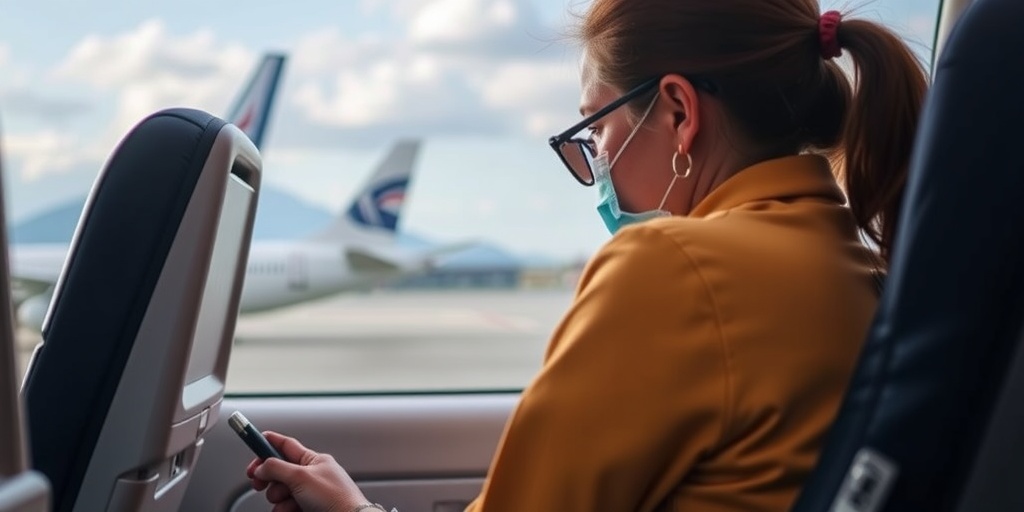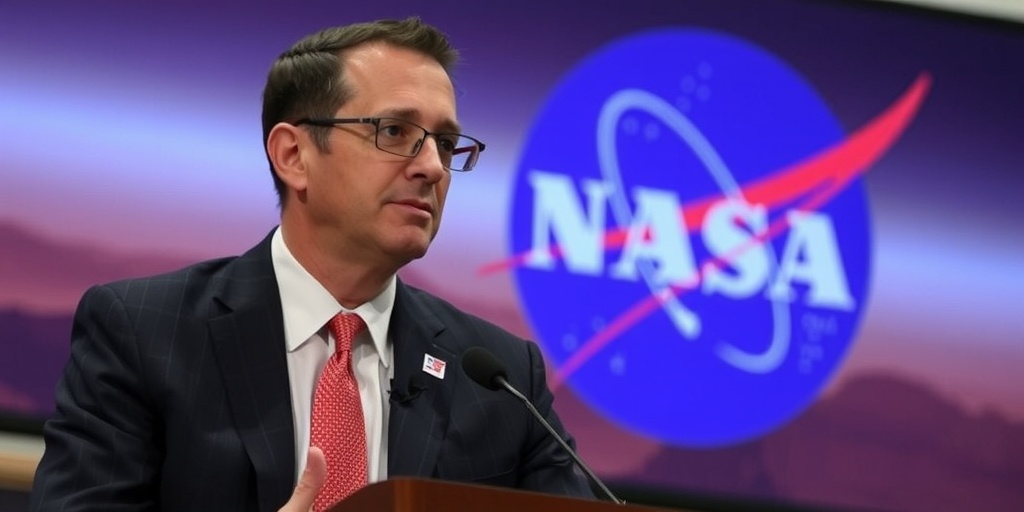Now Reading: Stuck on a Parked Plane for Hours? Know Your Rights!
-
01
Stuck on a Parked Plane for Hours? Know Your Rights!
Stuck on a Parked Plane for Hours? Know Your Rights!

Understanding Tarmac Delays: What Passengers Need to Know
After hours of anticipation, the cabin doors of your airplane have finally closed, yet you’re still on the ground, stuck in a seemingly endless cycle of waiting. Tarmac delays are becoming all too common, and for passengers traveling within and out of the United States, these delays appear to be on the rise.
In recent years, the U.S. Department of Transportation has reported a notable increase in lengthy tarmac delays, defined as more than three hours for domestic flights and exceeding four hours for international flights. The statistics tell a troubling story: 437 long tarmac delays on domestic flights were recorded last year, a sharp contrast to only 289 in 2023. International flights also saw an increase from 35 to 61 delays during the same period. From 2018 to 2024, the frequency of these delays has more than doubled, causing increasing frustration among travelers.
The Causes Behind Tarmac Delays
One of the most challenging aspects of tarmac delays is the uncertainty surrounding their causes. Factors ranging from adverse weather conditions and air traffic control restrictions to safety concerns, maintenance issues, or operational challenges can all contribute to being stuck on the tarmac. While airlines often commit to providing passengers with regular updates after a delay exceeds 30 minutes, not all carriers disclose the specific reasons behind the hold-up. For instance, Delta Air Lines and United Airlines promise transparency, while Southwest Airlines does not.
Experts are still trying to pinpoint why last year’s spikes in tarmac delays occurred. Some believe that frequent thunderstorms may have added strain to airline schedules, while others, like former airline pilot John Cox, suggest that more congested flight schedules could be putting additional pressure on operations.
Passenger Rights During Tarmac Delays
When faced with the frustration of a tarmac delay, travelers should be aware of their rights. According to U.S. regulations, airlines are obligated to provide certain basic assistance during these delays. Authorities mandate that airlines supply passengers with food and drink after two hours and ensure that working toilets and comfortable cabin temperatures are maintained. Medical assistance must also be available, should the need arise.
However, it’s important to note that airlines are not required to serve a full meal during these delays—just a snack and water. In Europe, passengers enjoy more extensive rights. Under European Union regulations, the obligation for refreshments kicks in after two hours for short-haul flights, three hours for medium-haul flights, and four hours for long-haul flights. In Canada, airlines must also allow passengers to access their phones or provide free Wi-Fi if possible.
Disembarkation Policies and Airline Responsibilities
In both the United States and Europe, airlines have strict timeframes to respond to tarmac delays. U.S. regulations specify that airlines must allow passengers to disembark after three hours on domestic flights and four hours on international flights, barring safety, security, or air traffic control exceptions. However, passengers must proceed with caution as stepping off the plane can complicate their travel plans—airlines are not required to permit those who leave to reboard or reclaim their checked baggage.
Thus, if a passenger chooses to exit the plane, they risk missing their flight should it depart without them, leaving them responsible for any subsequent travel arrangements.
Potential Compensation in Europe
Interestingly, the rules regarding compensation differ significantly between the United States and Europe. In the latter, passengers facing significant delays—specifically those arriving at their destination more than three hours late—may be entitled to compensation that can reach as much as 600 euros (approximately $660). This financial recourse is particularly relevant in light of stricter regulations that lead to fewer tarmac delays among European airlines.
The law protects all passengers, regardless of nationality, for flights originating in the European Union, even when operated by U.S. carriers. However, for flights arriving in the EU from non-EU countries, the compensation rules only apply to EU airlines.
Filing a Complaint
In cases where delays have caused significant inconvenience or distress, passengers should know that they can file complaints with their respective airlines. If resolution is not reached, they can escalate the matter to the transportation authority in the country where the tarmac delay occurred. In the United States, that authority is the Department of Transportation, while in Europe, the requirements for escalation depend specifically on the member state involved.
Conclusion
Tarmac delays present a complex challenge for airlines and travelers alike. As these incidents continue to rise, it is crucial for passengers to understand their rights and the safety protocols in place. By being informed, travelers can better navigate what is often an uncomfortable and frustrating experience, ensuring that they are equipped to handle delays should they arise.
Stay Informed With the Latest & Most Important News
Previous Post
Next Post
-
 01New technology breakthrough has everyone talking right now
01New technology breakthrough has everyone talking right now -
 02Unbelievable life hack everyone needs to try today
02Unbelievable life hack everyone needs to try today -
 03Fascinating discovery found buried deep beneath the ocean
03Fascinating discovery found buried deep beneath the ocean -
 04Man invents genius device that solves everyday problems
04Man invents genius device that solves everyday problems -
 05Shocking discovery that changes what we know forever
05Shocking discovery that changes what we know forever -
 06Internet goes wild over celebrity’s unexpected fashion choice
06Internet goes wild over celebrity’s unexpected fashion choice -
 07Rare animal sighting stuns scientists and wildlife lovers
07Rare animal sighting stuns scientists and wildlife lovers





















